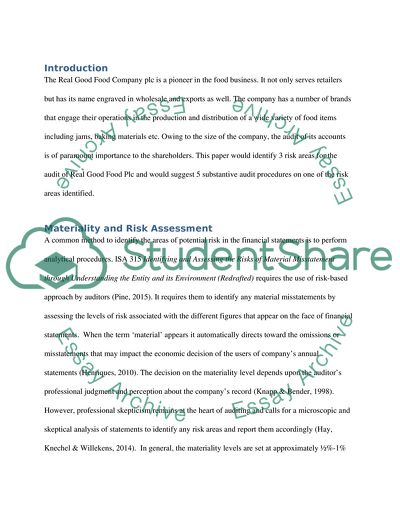Cite this document
(Auditing Case Study Example | Topics and Well Written Essays - 1500 words - 1, n.d.)
Auditing Case Study Example | Topics and Well Written Essays - 1500 words - 1. https://studentshare.org/finance-accounting/1866142-auditing
Auditing Case Study Example | Topics and Well Written Essays - 1500 words - 1. https://studentshare.org/finance-accounting/1866142-auditing
(Auditing Case Study Example | Topics and Well Written Essays - 1500 Words - 1)
Auditing Case Study Example | Topics and Well Written Essays - 1500 Words - 1. https://studentshare.org/finance-accounting/1866142-auditing.
Auditing Case Study Example | Topics and Well Written Essays - 1500 Words - 1. https://studentshare.org/finance-accounting/1866142-auditing.
“Auditing Case Study Example | Topics and Well Written Essays - 1500 Words - 1”. https://studentshare.org/finance-accounting/1866142-auditing.


